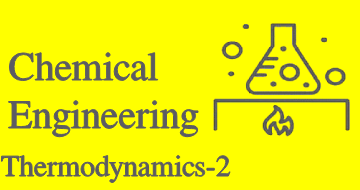IIRF Online > Business > Industry > Chemical Engineering > Advanced Process Control & Safety Instrumented Systems SIS
Advanced Process Control & Safety Instrumented Systems SIS by Udemy
Learn how the main process equipment such as chemical reactors , pumps , compressors & heat exchangers are controlled
Course Highlights
- Understand the importance of process control and how it is displayed on your P&IDs
- Successfully interpret basic & advanced process control schemes
- Understand the different process control options and how they are displayed on your P&IDs (cascade control, split range control, ratio control, batch control, selective control…)
- Understand the control of pressure in a pipe and explain how it is displayed on your P&IDs
- Understand the control of flow in a pipe and explain how it is displayed on your P&IDs
- Understand flow merging control and explain how it is displayed on your P&IDs
- Understand flow splitting control and explain how it is displayed on your P&IDs
- Understand centrifugal pump control systems (discharge throttling, variable speed drive, minimum flow…) and explain how they are displayed on your P&IDs
- Understand positive displacement pump control systems (recirculation pipe, variable speed drive, stroke adjustment…) and explain how they are displayed on your P&IDs
- Understand compressor control systems (capacity control, variable speed drive, anti-surge…) and explain how they are displayed on your P&IDs
- Understand heat exchanger control systems (direct control, bypass control, back pressure control…) and explain how they are displayed on your P&IDs
- Understand reactor temperature control systems and explain how they are displayed on your P&IDs
- Understand fired heater control systems and explain how they are displayed on your P&IDs
- Understand container and vessel control systems and explain how they are displayed on your P&IDs
- Understand electric motor control systems (ON / OFF actions) and explain how they are displayed on your P&IDs
- Know and understand the concept of Safety Instrumented Systems (SIS) and explain how safety instrumented functions are displayed on your P&IDs
- Know and understand the concept of Alarm Systems and explain how alarms are displayed on your P&IDs
- Identify safe operating limits based on system designs as displayed on your P&IDs
- Know and understand how Fire and Gas Detection Systems (FGS) are displayed on P&IDs
- Assess emergency situations and regulatory compliance issues using your P&IDs
Skills you will learn!
Curriculum
2 Topics
Introduction
Before you start this course
30 Topics
Learning objectives
Why do we need to control ?
How to control ?
Pipe control 1/4
Pipe control 2/4
Pipe control 3/4
Pipe control 4/4
Flow control 1/2
Flow control 2/2
Pump control 1/7
Pump control 2/7
Pump control 3/7
Pump control 4/7
Pump control 5/7
Pump control 6/7
Pump control 7/7
Compressor control 1/3
Compressor control 2/3
Compressor control 3/3
Heat transfer equipment control 1/6
Heat transfer equipment control 2/6
Heat transfer equipment control 3/6
Heat transfer equipment control 4/6
Heat transfer equipment control 5/6
Heat transfer equipment control 6/6
Chemical reactor temperature control
Fired heater control 1/2
Fired heater control 2/2
Container and vessel control 1/2
Container and vessel control 2/2
25 Topics
Learning objectives
Safety strategies
Concept of Safety Instrumented Systems (SIS) 1/4
Concept of Safety Instrumented Systems (SIS) 2/4
Concept of Safety Instrumented Systems (SIS) 3/4
Concept of Safety Instrumented Systems (SIS) 4/4
Anatomy of a SIS 1/8
Anatomy of a SIS 2/8
Anatomy of a SIS 3/8
Anatomy of a SIS 4/8
Anatomy of a SIS 5/8
Anatomy of a SIS 6/8
Anatomy of a SIS 7/8
Anatomy of a SIS 8/8
Showing safety instrumented functions on P&IDs
Discrete control
Alarm systems 1/5
Alarm systems 2/5
Alarm systems 3/5
Alarm systems 4/5
Alarm systems 5/5
Fire and Gas Detection Systems (FGS)
Electric motor 1/3
Electric motor 2/3
Electric motor 3/3
2 Topics
Downloadable resources
Bonus
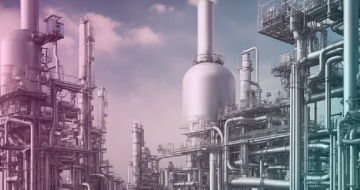
Advanced Process Control & Safety Instrumented Systems SIS
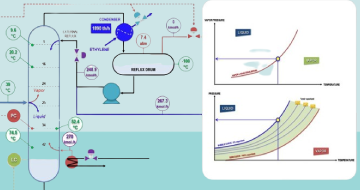
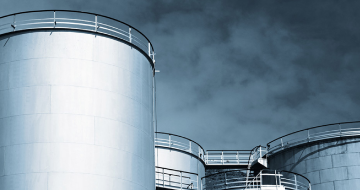
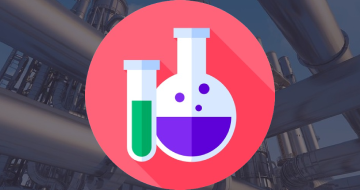
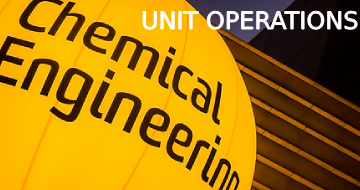
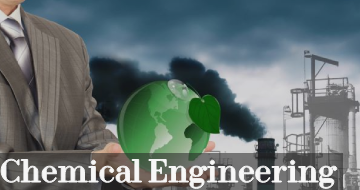
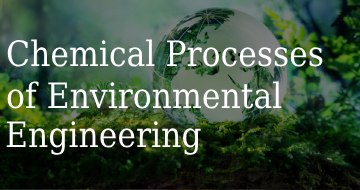
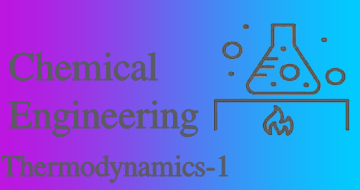
.webp)
